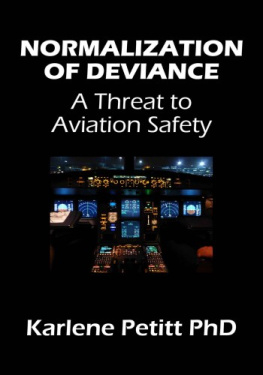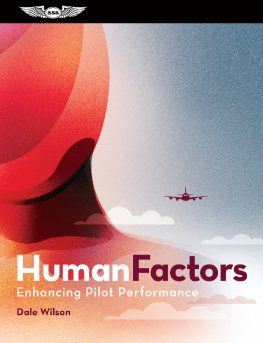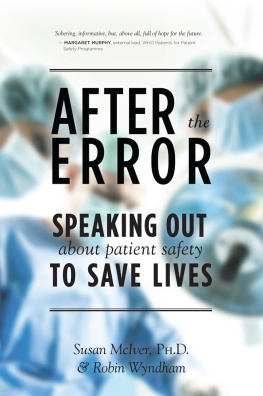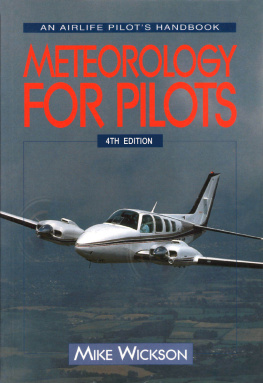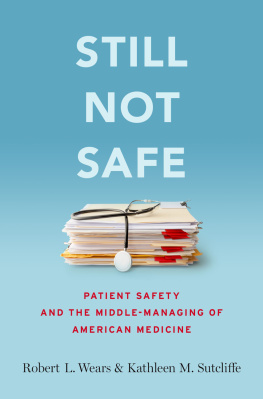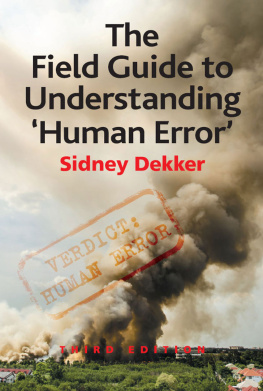Job - Terror In The Sky
Here you can read online Job - Terror In The Sky full text of the book (entire story) in english for free. Download pdf and epub, get meaning, cover and reviews about this ebook. year: 2015, publisher: Monday Books, genre: Detective and thriller. Description of the work, (preface) as well as reviews are available. Best literature library LitArk.com created for fans of good reading and offers a wide selection of genres:
Romance novel
Science fiction
Adventure
Detective
Science
History
Home and family
Prose
Art
Politics
Computer
Non-fiction
Religion
Business
Children
Humor
Choose a favorite category and find really read worthwhile books. Enjoy immersion in the world of imagination, feel the emotions of the characters or learn something new for yourself, make an fascinating discovery.

- Book:Terror In The Sky
- Author:
- Publisher:Monday Books
- Genre:
- Year:2015
- Rating:5 / 5
- Favourites:Add to favourites
- Your mark:
- 100
- 1
- 2
- 3
- 4
- 5
Terror In The Sky: summary, description and annotation
We offer to read an annotation, description, summary or preface (depends on what the author of the book "Terror In The Sky" wrote himself). If you haven't found the necessary information about the book — write in the comments, we will try to find it.
Job: author's other books
Who wrote Terror In The Sky? Find out the surname, the name of the author of the book and a list of all author's works by series.
Terror In The Sky — read online for free the complete book (whole text) full work
Below is the text of the book, divided by pages. System saving the place of the last page read, allows you to conveniently read the book "Terror In The Sky" online for free, without having to search again every time where you left off. Put a bookmark, and you can go to the page where you finished reading at any time.
Font size:
Interval:
Bookmark:
AIR DISASTER 3
Terror In The Sky
Macarthur Job

Monday Books
www.mondaybooks.com
Macarthur Job, 2015
Illustrations Matthew Tesch, 2015
First published by Aerospace Publications Pty of Australia
The right of Macarthur Job to be identified as the Author ofthis work has been asserted by him in accordance with the Copyright, Designsand Patents Act 1988
All rights reserved. Apart from any use permitted under UKcopyright law no part of this publication may be reproduced, stored in aretrieval system, or transmitted, in any form or by any means, without theprior written permission of the publisher, nor be otherwise circulated in anyform of binding or cover other than that in which it is published and without asimilar condition being imposed on the subsequent purchaser
www.mondaybooks.com
mondaybooks.wordpress.com
Monday Books onFacebook
Monday Books onTwitter
INTRODUCTION
THIS THIRD VOLUME in the Air Disaster seriescontinues the theme of Volume 2 in analysing the way in which the modernmiracle of jet age international travel extraordinarily safe and sure as itis continues to be steadily refined by salutary lessons from the harsh worldof practical experience.
To put the contents of this book in context, let it beemphasised at the beginning that the risk of dying prematurely in bed isstatistically greater than that of doing so in an airline accident. As with thesetbacks and experiences reviewed in the previous volumes, the accidentscovered in this book have helped to evolve a global transport system whosesafety standards surpass even the hazards of everyday life. Literally thousandsof airline flights take place the world over, twenty-four hours a day, everyday of the year, in all types of weather, and the overall standard of safetyachieved is beyond any other mode of transport the world has seen.
As before, the instances chosen for inclusion in this bookare either notable in their own right, or are representative of a number ofproblems resulting from similar factors. Their other qualification was thatcomprehensive reports on the accidents themselves, their circumstances, andtheir subsequent investigations, were available.
The last volume focused mostly on aircraft types made byBoeing and McDonnell Douglas. This time, many are products of Airbus Industrie.Far from being a reflection on the manufacturers concerned, this is simply anindication of progress in the global airline industry, particularly perhaps inthe field of new technology and the learning curve involved in crew training.The coverage of these accidents is also a reflection of the expert, frank andopen reporting of the investigating authorities whose comprehensive reports enabledthe reviews in this book to be written.
Looking back, it is fascinating to see how, in relating thestories behind these operational lessons, the emphasis has changed over thevolumes to date. Those covering the propeller era and the first few decades ofthe jet age were concerned with unforeseen airframe and operational problems,brought to light by the environment in aircraft operate.
In Volume 2, the emphasis in many cases was on engineoperation and maintenance in less than favourable circumstances, and the direconsequences for the aircraft and passengers concerned. The book alsoforeshadowed potential problems inherent in excessive dependence on automatednavigational and aircraft systems.
But in Volume 3, there is only one instance of an accidentresulting from hardware failure the loss of a cargo door, and tragically anumber of passengers, from an elderly United Airlines Boeing 747 over thePacific. Although the consequences were horrifying, it initially involved nomore than a minor electrical short circuit in the door. Possibly the outcome ofdeteriorating but undetected wiring insulation, this accident (together withothers not included in this book, in particular the 1996 TWA 800 in-flightexplosion) should emphasise to the industry that the condition of agingaircraft electrical wiring is just as vital to safety as fatigue considerationsin its structure.
The emphasis in much of the rest of the volume is on humanfactors and on the interface between pilots and automatic systems a questionfirst raised in Volume 2 on the effects of computerised operationaltechnology on crew responsibility and flight safety.
Although equipment faults are not unknown, experience showsthat only rarely do they become a problem to the crew, and there is no doubtthat the systems themselves function very well. Nevertheless, it seems clearthat certainly in their early days automated flight decks left a lot to bedesired in terms of pilot understanding and reaction in emergencies. On onehand there is an increasing tendency by pilots to over dependence on automatedsystems to fly the aircraft in demanding situations, to the obvious detrimentof old fashioned piloting skills, perhaps especially in regard to situationalawareness. On the other hand, there is evidence that pilots can encounterdifficulties in understanding the response of highly automated flight decksystems, especially in an emergency where timing is crucial.
In many airlines throughout the world today, stress isplaced on the programming of automatic flight control systems because they willfly and navigate the aircraft with great accuracy and efficiency, and becausethey supposedly reduce the workload on the crew. But pilots must retain theability to rapidly revert to basic flying skills. Over-reliance on automaticsystems can become a potential danger.
Inadequate training had often been cited as the reason forpilots failing to understand the response of an aircrafts automation when theyencounter difficulties. Certainly, thorough training in the aircrafts systemsis important; pilots should not only know how to key in information, but alsohave a broad understanding of how the automated systems work.
Yet some automatic flight systems may perhaps be toocomplicated, at times taking even highly experienced pilots by surprise. Modeconfusion appears to be a particular problem, and there is obviously a need toavoid system characteristics that create high crew workloads in criticalsituations. Keeping a crew fully informed of what the automatic systems aredoing is also essential.
And, as a counterpart to the pilots ability to quicklyrevert to manual flying, automatic systems should be capable of being quicklyturned off, or overridden. A programmed autopilot system that cannot be effectively overridden in an emergency near the ground is surely, like the pilot who canonly fly by pressing buttons, a potential danger.
Apart from these considerations, the safe programming ofautomatic flight systems is heavily dependent on adequate crew co-ordination,one pilot cross-checking and confirming the others actions, regardless of crewstatus. This too is an aspect that needs constant emphasis in crew trainingsyllabi, not only amongst crews drawn from traditionally hierarchical cultureswith their inherent respect for and deference to the status of seniors andelders, where it is extremely difficult for a junior first officer to speakup. As some of the accidents examined in the chapters that follow indicate,the relationship between pilots on a flight deck can sometimes defeat thebest-designed crew operating procedures. A first officer may suspect or fearthe captain is making a mistake, but be reluctant for a number of reasons tochallenge his authority. Yet safe crews are the ones where the captain acceptsthat his actions should be challenged, that laid-down operating procedures areto be adhered to, and that the first officer shares the responsibility for thesafety of the aircraft
The transition to todays two-crew flight decks, where twopilots now do the work of the former three crew members, was undoubtedlymotivated by the present combination of rapidly-advancing technology andeconomic rationalism. In such a climate, any questioning of these philosophiesmight be considered heretical, but there is one posed by the contents of thisbook that should not be avoided. There is no doubt that computerised monitoringsystems function just as efficiently, or even more so, than the former flightengineer or second officer. But this aside, has the rationalisation of flightcrew functions gone too far? Has the aviation industry too slavishly followedthe current all-pervading economic fashion to downsize human resources? Isthere still a case for a third pair of eyes on the flight deck whose functionis not so much to keep an eye on the aircrafts engineering systems, but who,from outside the control loop, could monitor the overall operation of theaircraft?
Font size:
Interval:
Bookmark:
Similar books «Terror In The Sky»
Look at similar books to Terror In The Sky. We have selected literature similar in name and meaning in the hope of providing readers with more options to find new, interesting, not yet read works.
Discussion, reviews of the book Terror In The Sky and just readers' own opinions. Leave your comments, write what you think about the work, its meaning or the main characters. Specify what exactly you liked and what you didn't like, and why you think so.

